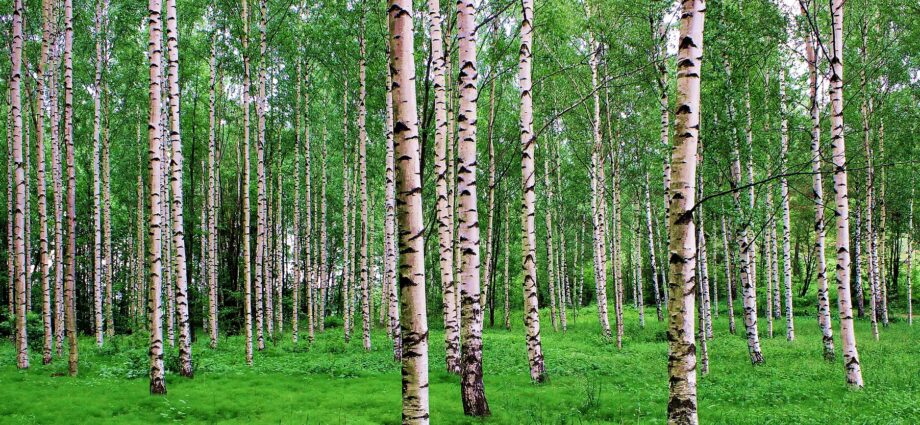
The greenhouse gas budget developed for Europe highlights carbon sources and sinks across the continent and will serve as a baseline for years to come
by EOS
September 7, 2024
The goals outlined in the Paris Agreement on climate include limiting climate warming to below 2°C and reaching a global peak of greenhouse gas emissions as soon as possible. To meet these targets, scientists need comprehensive accounting of the greenhouse gases entering and leaving the atmosphere over different landscapes.
Using the framework of the Global Carbon Project’s second Regional Carbon Cycle Assessment and Processes (RECCAP2) initiative, Lauerwald et al. recently synthesized Europe’s carbon and greenhouse gas budgets from the 2010s, focusing on carbon dioxide, methane, and nitrous oxide. The study also revisits data from the 1990s using the same approach. In addition, it includes input from more than 40 authors worldwide and new data from Belarus, Moldova, and Ukraine—countries that were not part of previous European greenhouse gas budgets.
The team found that Europe’s average net emissions in the 2010s were 3.9 million tons of carbon dioxide equivalent per year. Most of these emissions came from the energy, industry, waste management, and agricultural sectors. However, annual emissions in the 2010s were 1.2 million tons lower than in the 1990s, thanks to factors including revamped government policies, improved energy efficiency, and increased use of renewable energy sources.
Northern Europe’s boreal forests helped offset Europe’s carbon dioxide emissions by acting as a carbon sink. However, the forests’ ability to absorb carbon was weaker than in the 2000s because of such factors as intensified forest management, droughts, and windthrow (trees being uprooted by wind). In contrast, parts of eastern Europe and northern Spain have become stronger carbon sinks because of a combination of land use changes, climate-driven disturbances, and—in the case of eastern Europe—a sizable growth of forest biomass.
Although Europe’s terrestrial ecosystems are net sinks for carbon dioxide, they are net sources of methane and nitrous oxide, mainly because of agriculture. The highest emissions of these gases are found in Belgium, the Netherlands, and the southern United Kingdom.
The new greenhouse gas accounting offers a vital profile of regional carbon budgets in Europe that will serve as a benchmark from which to track changes over the coming decades. (Global Biogeochemical Cycles, https://doi.org/10.1029/2024GB008141, 2024)
** **
This article by EOS is published here as part of the global journalism collaboration Covering Climate Now.
Subscribe to our newsletter.
This article was originally published on IMPAKTER. Read the original article.

